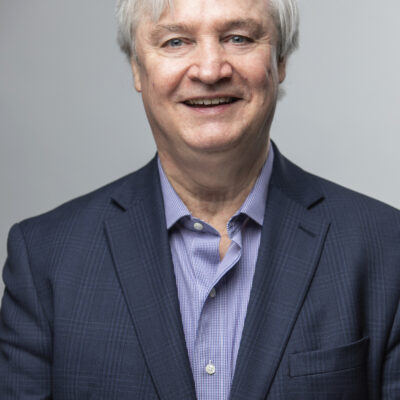
A decade ago, America was hurtling toward an ill-conceived war in Iraq, justified by false claims that Saddam Hussein maintained weapons of mass destruction and that his regime had ties to Al Qaeda.
The misguided war in Iraq was first and foremost a folly of American policy makers. But it was also a failure of American journalism. The sad fact is that most major news organizations reported the buildup toward war without adequate skepticism or scrutiny.
But the nonprofit press wasn’t taken in by the Bush administration’s marketing and manipulations. Even as most of the journalism world struggles to be heard, the nonprofits are having more influence than ever as they collaborate to raise vital issues like war and peace and wealth and poverty in ways that reflect the public interest.
The reinvigoration of the progressive press got its start when magazines like The Nation, The American Prospect and Mother Jones questioned accounts of weapons inspectors that called the administration’s assertions into question. And independent nonprofit broadcasters like Democracy Now, Free Speech TV, and Link TV, gave voice to the widespread opposition of political leaders in most nations and millions of protesters in the streets of America and around the world.
No group of journalistic organizations has been more dedicated or effective than the members of the Media Consortium, a network of more than 60 media organizations, most of which are nonprofit or for-profit businesses focused on a social mission.
In March 2005, reeling from an election that failed to reflect the disastrous consequences of the war abroad and the increasing problem of income inequality at home, more than two dozen leaders of nonprofit press organizations came together to explore ways they might work together.
In part, they were looking for ways to run their businesses more effectively through cooperative practices. But more far-reaching, they wanted to work together to harness public attention to the major policy debates of our time by raising issues of economic justice, human rights, and progressive perspectives in national-security debates.
They agreed to form a collaborative organization that would not only help them increase the voice of independent journalism in broader public debates but also help them navigate the profound technological changes reshaping the practice of journalism.
Eight years later, many of those outlets are making a significant impact on the larger public debate. Put simply, these are the people who made the terms 47 percent and 99 percent household terms. Individually and collectively, progressive and independent media organizations are having an increasing impact on the media landscape.
At its recent annual meeting, the Media Consortium recognized several notable examples, including The American Prospect for its revealing biographical article, “My So-Called Ex-Gay Life.”
In the article, the writer Gabriel Arana described his own experience seeking to be cured through a “therapy” that has been widely and convincingly debunked. Mr. Arana’s article demonstrated the harm caused by this sham therapy, and its publication provoked a leading advocate, Robert Spitzer, to retract a study that claimed to validate the practice of ex-gay therapy.
In addition to sparking coverage elsewhere, including a front-page article in The New York Times, the piece in The American Prospect was cited by the California legislature in its recent legislation banning ex-gay therapy for minors.
Members of the Media Consortium began to cover the Occupy Wall Street movement in the earliest days of protest, before some of the harsh police-enforcement actions—including the unprovoked use of pepper spray against peaceful protesters and bystanders triggered widespread attention in the mainstream press.
By focusing on the substance of the complaints from the first days of the campaign, members of the Media Consortium helped frame the issues and terms of the movement, resulting in the popularization of the term “the 99 percent,” which has now become a popular shorthand to describe the dramatic and increasing gap in income and wealth in American society.
Perhaps best known among all Media Consortium members is Mother Jones, whose excellent and incisive coverage of the 2012 presidential election included publication of the infamous “47-percent video,” in which Republican candidate Mitt Romney dismisses nearly half of all Americans as dependent and lazy.
Indeed, David Corn, Washington bureau chief of Mother Jones, received a prestigious George Polk Award for Political Reporting “for a story that rocked the nation and perhaps cost Mitt Romney the presidential election,” according to the news release announcing the prize.
Such powerful work prompted André Schiffrin, longtime publisher of Pantheon Books and founder of the New Press, to declare that nonprofit news-media outlets are so influential, they “are now playing the classic role of fourth estate in our democracy.”
Going forward, when American policy makers and politicians are tempted to embark on unjustified wars, they can expect a more vigorous nonprofit press to provide more critical scrutiny than Washington reporters provided a decade ago. And, let us hope, thousands of lives—and the health of our democracy—will be spared.
Posted in the Chronicle of Philanthropy.
